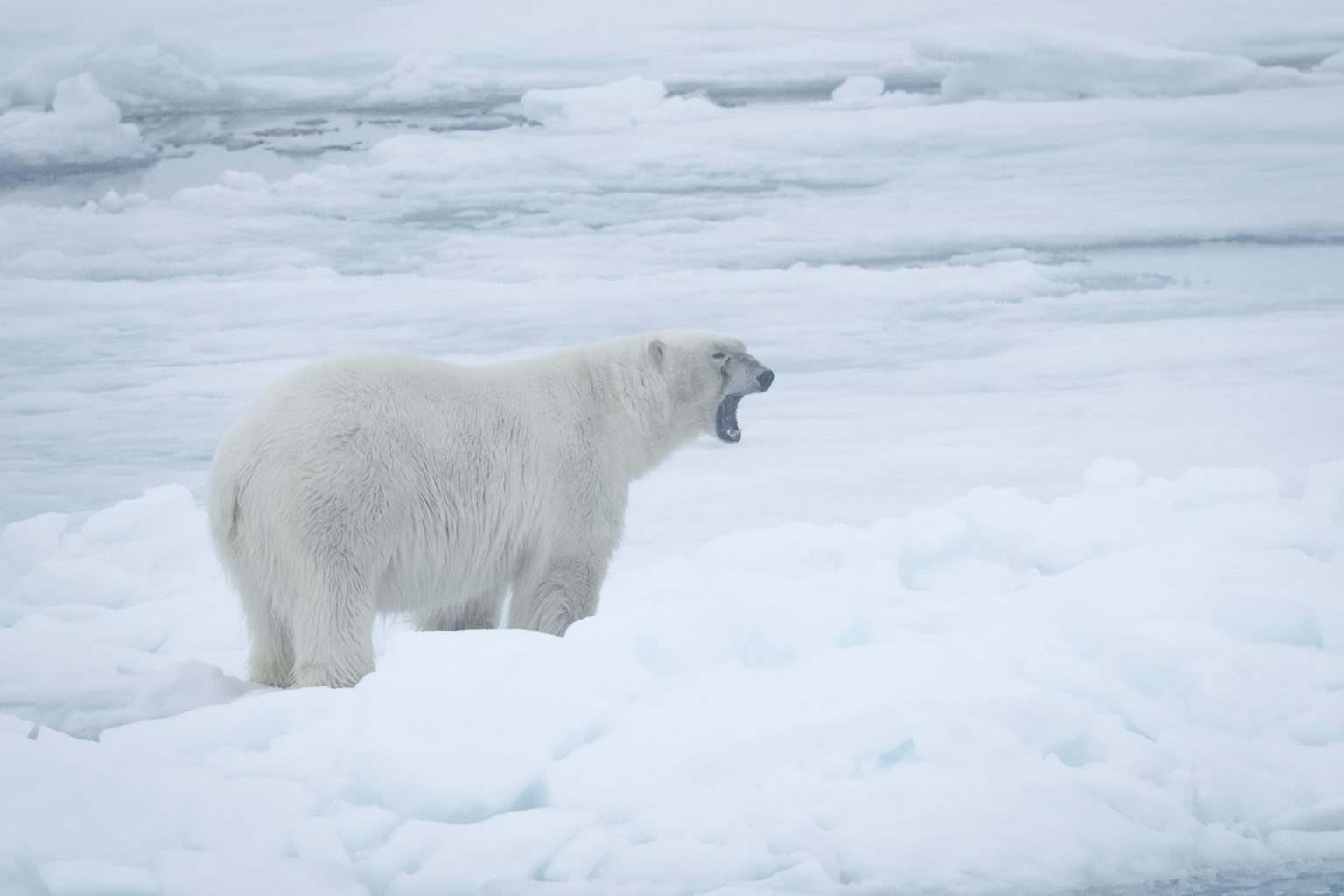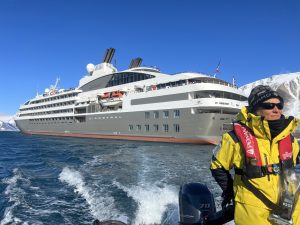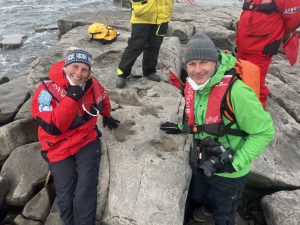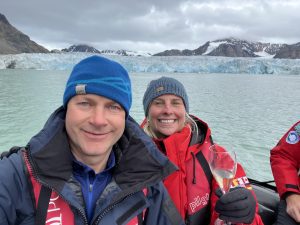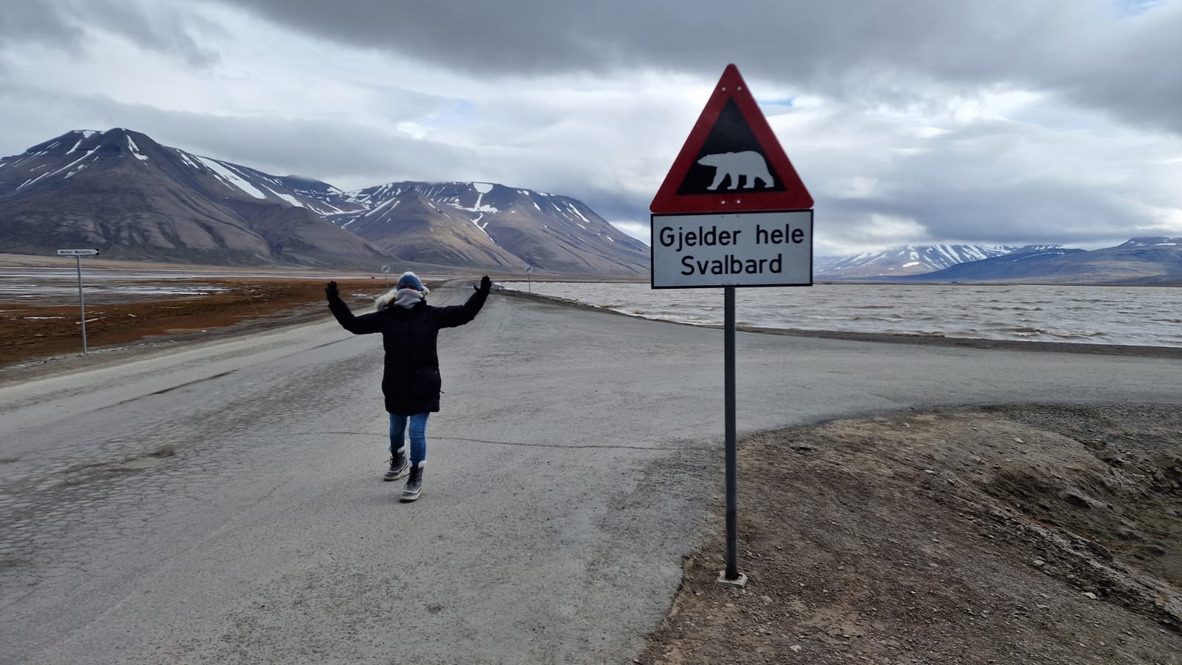
Itinerary: Longyearbyen – Hornsund – Negribreen – Wilhelmoya – Texas Bar – Monaco Breen – 81 Nord – Ny-Alesund Glacier – 4 July Glacier
FIVE things we did not know about Svalbard:
- Residents require an ‘alcohol card’ to buy drinks. This is a relic from the town’s old mining days. Miners were given a “rations card”, which they used to get a drink or a bottle of beer. The rule is still in place for permanent residents, who have to show their card at the local co-op, Nordpolet in order to get a drink. If you come here as a visitor, you can use your airline ticket in lieu of the card.
- You cannot give birth or die in Svalbaard! Well, there are no maternity hospitals and residents generally leave two weeks before giving birth to fly to Tromso. It is best not to die here either. Bodies never decompose due to the cold weather and permafrost. Longyearbyen’s small graveyard has one small graveyard that stopped burying bodies over 80 years ago (you can only be buried now if you are cremated first). Bodies are shipped back to the mainland. Those nearing retirement age are encouraged to settle elsewhere. The town’s old graveyard at least, has opened doors for medical scientists. Bodies dug up in 1998 revealed victims of the 1918 flu virus, that were so well-preserved, they still had traces of the virus in their systems.
- It is considered polite to leave your shoes (and gun!) at the door – There are signs in hotels, at the museum and the local library, asking visitors to leave their often snow and mud encrusted shoes at the door. You can slip them into a little cubby-hole – they’ll be perfectly safe as crime is virtually non-existent in Svalbard – and come back from them when you venture on outside. This is also a relic from the old mining days when shoes were very dirty.
- The population of Svalbard was 2,412 in 2012 vs a population of 3,500 polar bears. It is against the law to leave the perimeters of Svalbard without a gun or someone with a gun as polar bears are so dangerous. By law all cars are left unlocked in case you need need to seek refuge from a polar bear! For the same reason most residents in Longyearbyen also leave their front doors unlocked in case someone needs to reach safety.
- The Svalbard Global Seed Vault is a secure backup facility for the world’s crop diversity on the Norwegian island of Spitsbergen in the remote Arctic Svalbard archipelago. The Seed Vault provides long-term storage of duplicates of seeds conserved in genebanks around the world in case of a global catastrophe. The cold climate and permafrost make the area a perfect location for underground cold storage.
Go to: Longyearbyen
Go Back to: Norway

